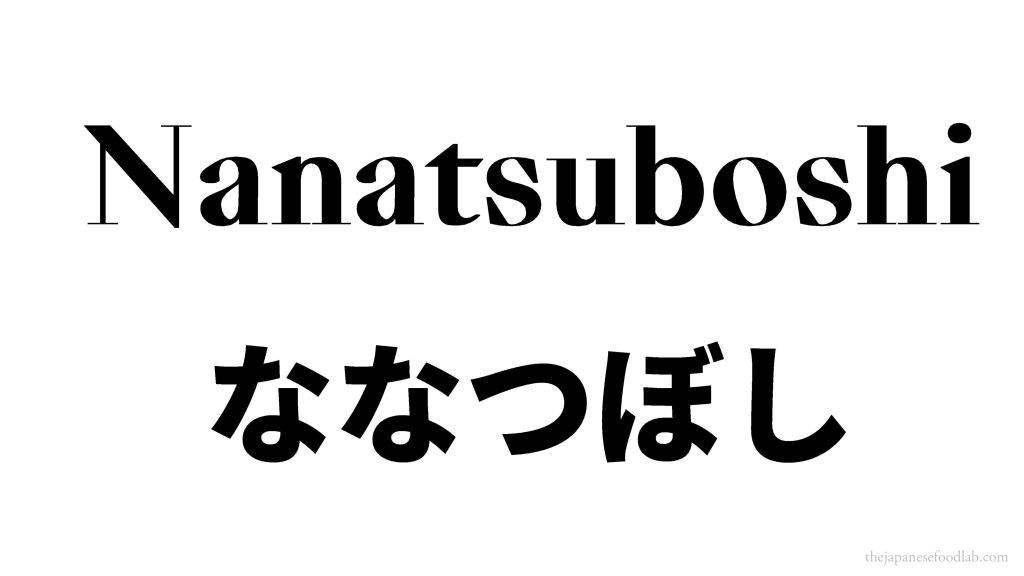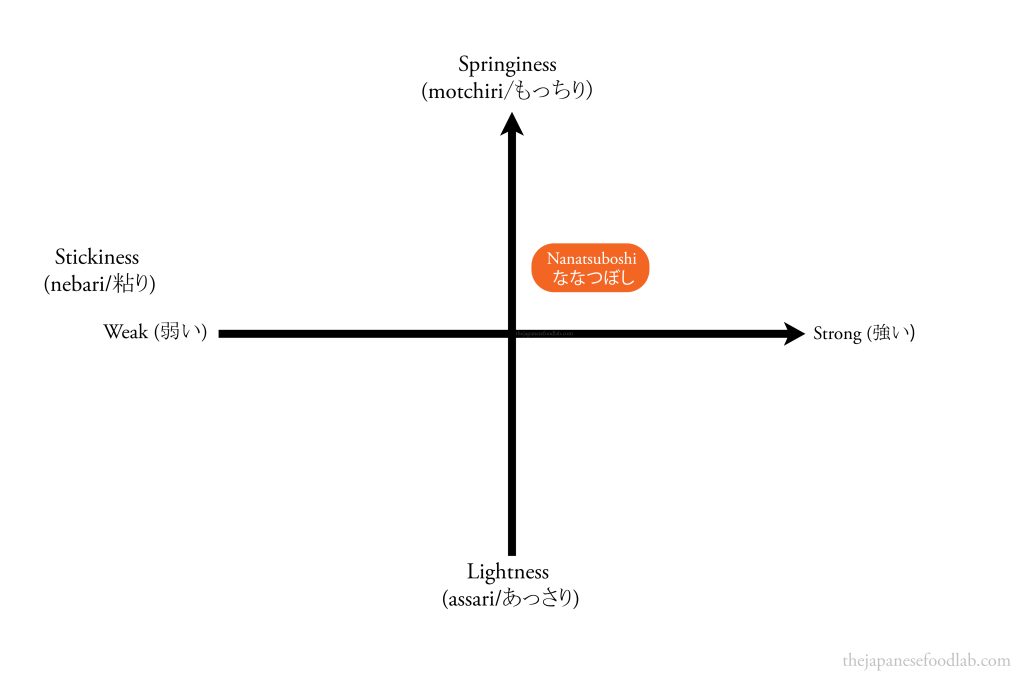
Why is Nanatsuboshi rice special?
Alongside Yumepirika and Fukkurinko, these three rice are the current flagship varieties of Hokkaido, each with their own unique characteristic. Nanatsuboshi rice itself has the largest planted area among all rice varieties grown in Hokkaido, occupying roughly half the total planted area. As such, it has gained widespread love and recognition across the prefecture, firmly establishing itself as a high quality variety.
As Japan’s most northern prefecture, it comes to no surprise that Hokkaido faces the problem of lower temperatures in late summer, causing rice ears to emerge later than in other parts of Japan. This means that just like Aomori prefecture, the climate isn’t suitable for most common varieties of rice, like Koshihikari to grow, leading to the need for developing rice varieties that are cold tolerant and early emerging. Nanatsuboshi, Yumepirika and Fukkurinko are the three most famous varieties resulting from these breeding efforts.
Further information about Nanatsuboshi rice
Whilst there exists plenty of high quality specialty rice produced by different prefectures such as Seiten no Hekireki and Tsuyahime, these tend to be smaller productions by volume making them fairly expensive to buy. When it comes to rice that is both high in quality and quantity, Koshihikari from Niigata prefecture still consistently takes the top spot. With the large production area of Nanatsuboshi rice, Hokkaido is hoping that it will soon be able to rival that of Niigata’s Koshihikari.
Nanatsuboshi has a particularly strong resistance to cold during the flowering stage whilst still maintaining high yields. Unfortunately, it is not very resistant to rice blast disease. Because of this, Nanatsuboshi has still been unable to compete with Niigata’s Koshihikari in terms of sale price.
Nanatsuboshi’s name and logo design concept
Unlike most other specialty rices, Nanatsuboshi does not have a designated logo for its brand. It derives its name from the Big Dipper constellation, which shines brightly in the clear skies of Hokkaido. This variety is exclusively cultivated in Hokkaido and was registered as an excellent rice variety in 2001, following its development at the Hokkaido Central Agricultural Experiment Station.

Nanatsuboshi’s Japanese Grain Inspection Association Ranking
Nanatsuboshi rice from Hokkaido has consistently received the highest rank of “Special A” for consecutive years since 2010.
How does Nanatsuboshi rice taste?
Nanatsuboshi rice offers a delightful combination of sweetness, stickiness, and a little springiness. Even when served cold, Nanatsuboshi retains its flavor and aroma, making it an ideal choice for packed lunches. In comparison to other Hokkaido rice varieties like Yumepirika and Fukkurinko, Nanatsuboshi has a firmer texture.
We find Nanatsuboshi rice to go well with food typically eaten at dinner but consider it quite versatile for all meals.